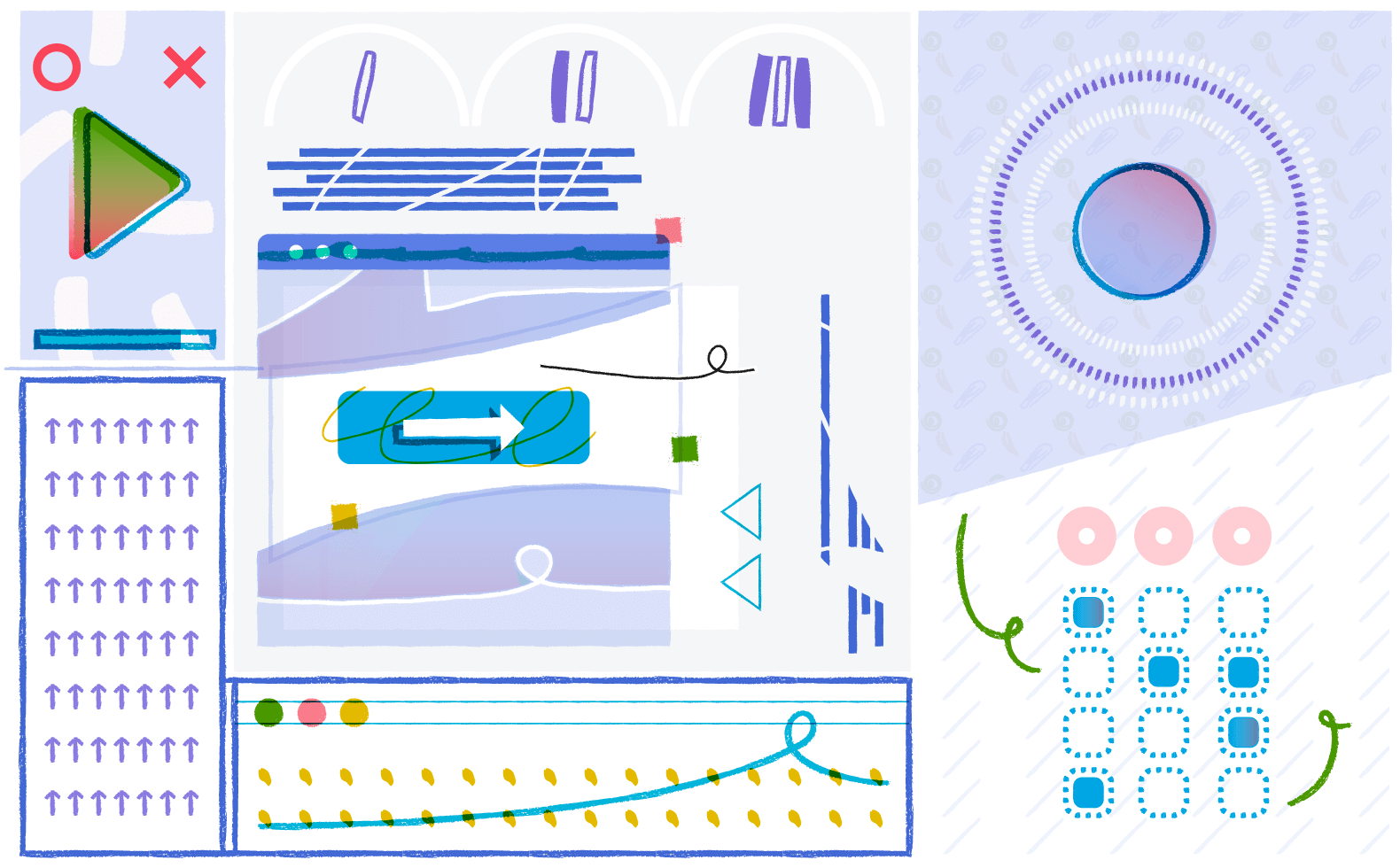Are customers dropping subscription renewal left and right? It’s possible your business is struggling to help customers achieve success with your product. If anyone on your team is devoted to customer needs (customer service, support, success, or otherwise…), they can help you implement proactive customer success strategies to prevent churn.
Our customer success strategies are low touch, high impact, and easy to scale for growing businesses. We’ll walk you through the real strategies we’ve used here at Groove (and touch on how we measure their success).
As a small business focused on customer communication, we focus on easy implementation and scalable replication. All of the strategies mentioned in this article can be implemented with our help desk Groove. We’re living proof that you don’t need a large team or bloated budget to dedicate resources to customer success.
Table of Contents
- What Is Customer Success?
- 9 Customer Success Strategies That Actually Scale (At Our Lean Startup)
- Customer Success Strategy #1: Leverage Your Content
- Customer Success Strategy #2: Leverage Your Mailing List Beyond Lead Nurturing
- Customer Success Strategy #3: Build a Data Rich Self-Service Resource
- Customer Success Strategy #4: Check in With Customers at Benchmarks
- Customer Success Strategy #5: Educate Customers on Unused Features
- Customer Success Strategy #6: Upsell or Cross-Sell Current Customers
- Customer Success Strategy #7: Offer New Perks or Beta Features to Current Customers
- Customer Success Strategy #8: Look Out for Warning Signs
- Customer Success Strategy #9: Provide Extra Assistance for High-Risk Customers
- 4 Metrics To Track Your Customer Success Strategies
- Implementing Customer Success Strategies Is Easier with Groove
What Is Customer Success?
I’m not going to bore you with a bloated, jargon-filled definition of customer success.
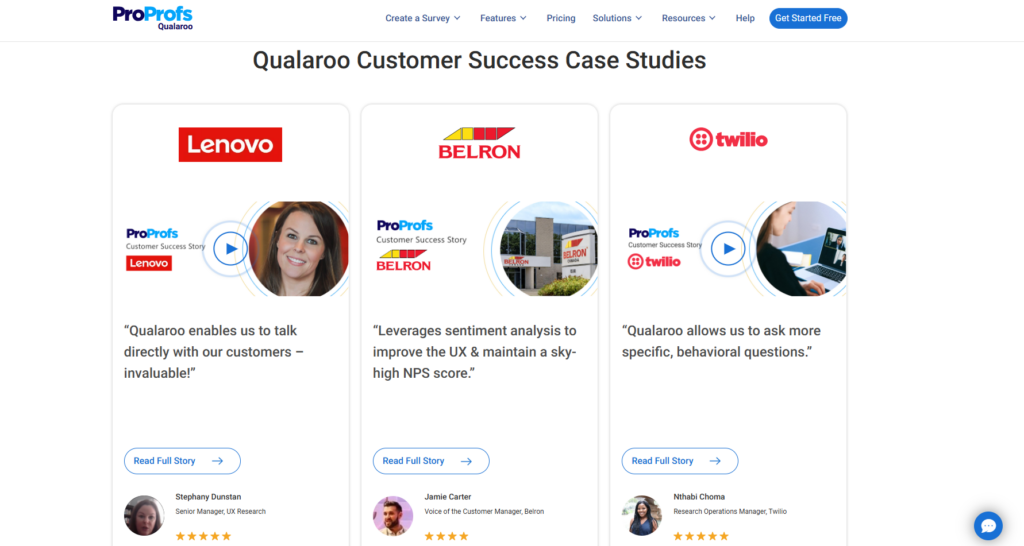
But as one of the only people at Groove writing about customer success (who has also been involved in customer support), I want to expose a flaw in most definitions of the term.
Customer success is often positioned against customer service, support, or experience (CX). In the worst accounts, it’s touted as “better than.” In other examples, it’s defined by how it differs from CX.
I want to make it very clear that in practice (at least in successful practice) customer success is baked directly into every facet of customer service, support, and experience. Especially within startups and small businesses. These terms are just terms. The practice of any one term should inherently include the others.
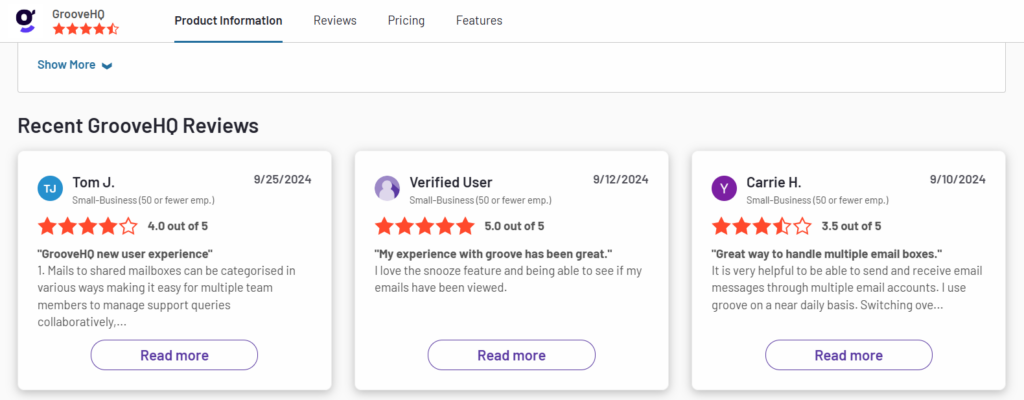
Now, why do I need to explain this? Because in my experience, business owners often think their customer support team can’t take on customer success tasks. They think they need to wait to hire a dedicated success team before implementing any strategies. And it’s all because these terms are often defined in opposition.
Your support rep can take on customer success as a component of support, and your support manager can drive customer success metrics. There isn’t a wrong way to ‘load balance’ work as a super small team.
Here’s my tentative definition: Customer success is a method of serving customers that enables them to get the most value from your product or service for their own benefit.
Now, you can do this with a small team. You can do this without a team. Don’t let linguistic nuances fool you into believing any goal is inaccessible.
9 Customer Success Strategies That Actually Scale (At Our Lean Startup)
To give some context for the following examples, Groove is a B2B SaaS business — and our product (a help desk) was designed specifically as customer support software.
Most of these strategies should still work for your business too.
We rely primarily on our own help desk software to scale and automate each strategy. Balancing low-touch and high-impact is what startup life is all about.

We encourage experimentation. Find strategies that resonate with your customer base or business model, and further adapt them to your needs.
Customer Success Strategy #1: Leverage Your Content
Our founder, Alex, has written at length on why he doubles down on content marketing. The short of it, though, is that we focus most of our marketing efforts on gaining new customers through our blog. And that’s probably the case for most of you as well.
However, this content — articles, blog posts, education content, videos — can and should be repurposed as a resource for customer success.
Why not send this content out to email subscribers, post it on your socials, or use it as a tool to highlight your product?
We’ve spoken at length before about the value in creating a content distribution strategy.
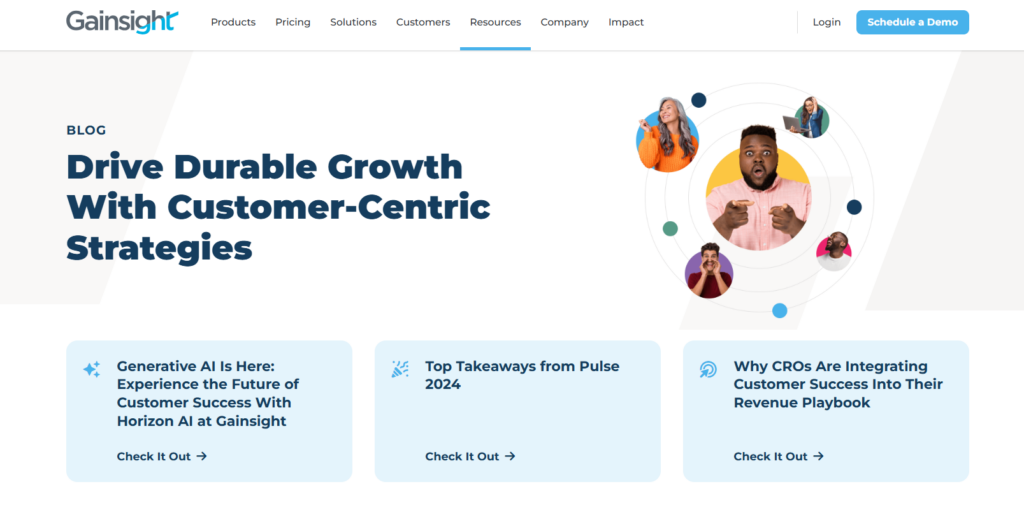
Many companies utilize their blog as a resource for educating customers both on how to use their product to attain success, and how to succeed in their respective niche. Retailers aren’t any different. Skincare and cosmetic brands leverage content on skincare routines or natural ingredients to showcase why or how their product can help treat your acne prone skin. And as an educational resource that provides value, it keeps customers coming back to your website for more.
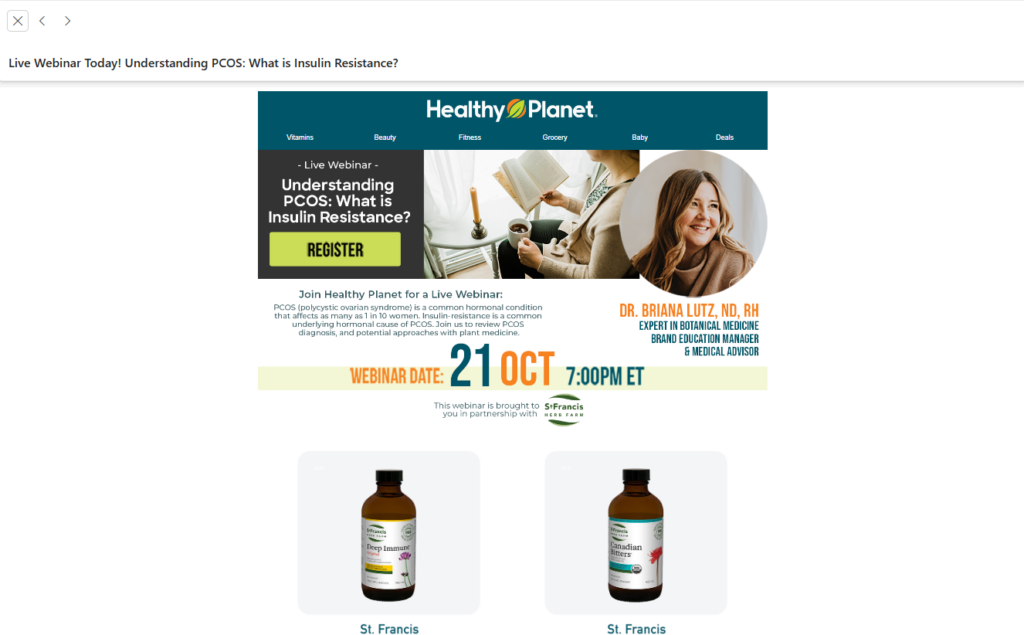
Customer Success Strategy #2: Leverage Your Mailing List Beyond Lead Nurturing
Some “customer success experts” suggest limited email and promotional content. And truth be told, we tried a sequence of emails following up with leads (generated through blog subscribes). The sequence had way too many immediate unsubscribes and few opens.
We didn’t need metrics or monitoring tools to tell us the obvious: we were annoying people.
So, we recommend sticking to a couple emails on a more consistent basis (once per week). Ensure the content adds real value for your audience and doesn’t come off as overly salesy. If you convert customers each month and educate them on how to use your product, that’s a major win for your business.
We also know that by not pestering these blog readers, they’ll continue to read the blog on their own, open our marketing emails each week, and sign up down the road when they’re ready. You’re nurturing a lead while providing real value.
Customer Success Strategy #3: Build a Data Rich Self-Service Resource
You can “capture” would-be customers by asking them to enter their email address before viewing a demo video. And while this allows you to continue the conversation, it doesn’t address post-purchase success with your product (once they actually subscribe).

Once the customer begins to use the product, they may need help navigating certain features they forgot about from the demo video or onboarding tutorial.
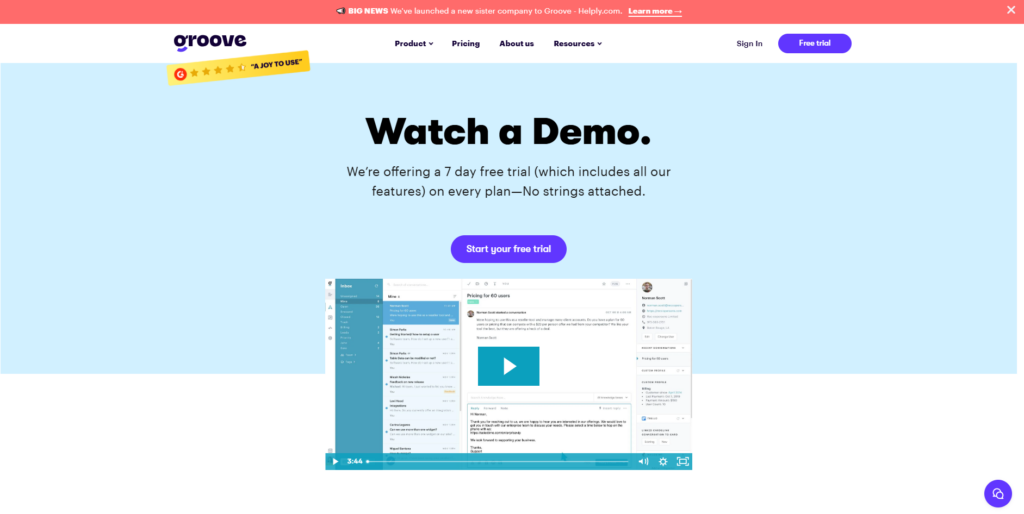
One of the best ways to enable customer success with your product in SaaS is to build a data-rich self-service knowledge base your customers can access at any time.
They aren’t restricted by time zone differences in working hours. Imagine if a customer depends on your tool for their own business, but are stuck awaiting a response for hours because it’s 2:00 AM EDT, but only 9:00 AM in Kuwait.

Groove enables your customer support team to proactively build a knowledge base.
You can make it as comprehensive as you’d like, ensuring your customers have 24/7 access to troubleshooting guides, video tutorials, feature highlights, and various use cases.
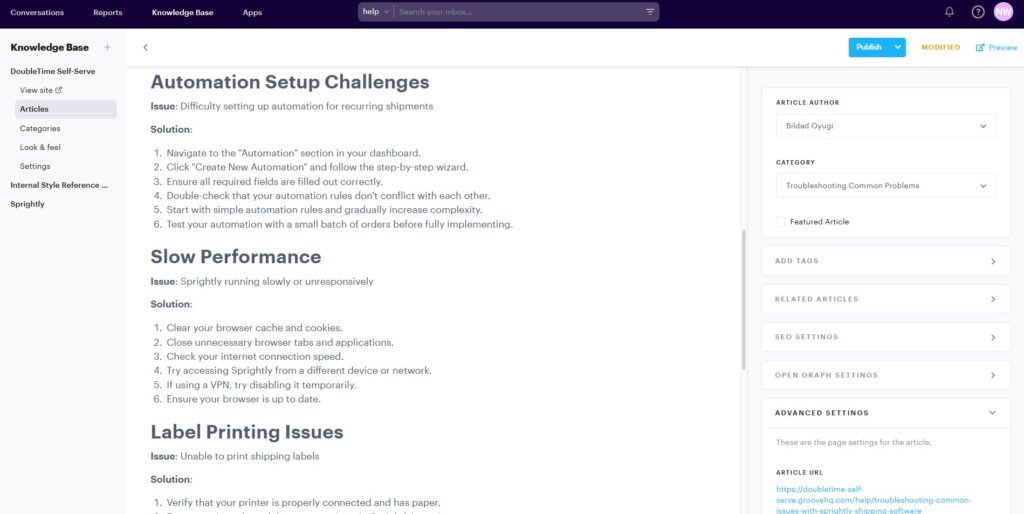
Customer Success Strategy #4: Check in With Customers at Benchmarks
Once customers are in the door, with onboarding behind them, our customer service team focuses on relationship building.
Our developers set up notifications to alert the internal team when someone hits certain benchmarks. One example is when an account adds a tenth user. This could include something as simple as checking in when a customer adds specific integrations, or reaches a certain email volume.

For our product, this tips us off that the customer’s business is growing. They’ve hired more team members. We’re able to check in with them during this typically high-stress time to see if they need any help.
We use these assumptions and automations to anticipate our customers’ needs and improve their success with our product.
Customer Success Strategy #5: Educate Customers on Unused Features
This happens very often with SaaS or technology products. The UX is great. New customers breeze through onboarding. Get quickly set in their ways. And stop exploring.
They eventually get frustrated.
Or hear about a competitor offering more features.
They decide to take their business elsewhere…
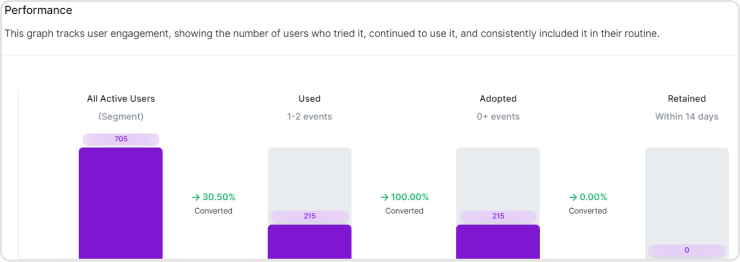
The proactive side of customer success is all about preventing this stagnation before it even takes shape. If your software doesn’t record or track this natively, you can use an affordable tool like Usermaven to see how many unique users are engaging with specific features.
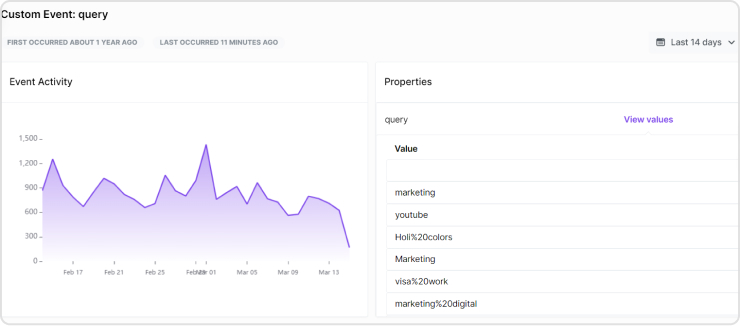
At Groove, we send educational emails prompting current customers to try new features (and providing updates on our plans for the future). We include use cases and examples to prove the point.

Within your own business, you can leverage marketing tools like Mailchimp to simplify an email campaign, updating everyone on your mailing list about a feature. You can repurpose blog posts, video tutorials, or knowledge base articles as a reference point. You can cross-post the content to social media to update your customers on their preferred channel.
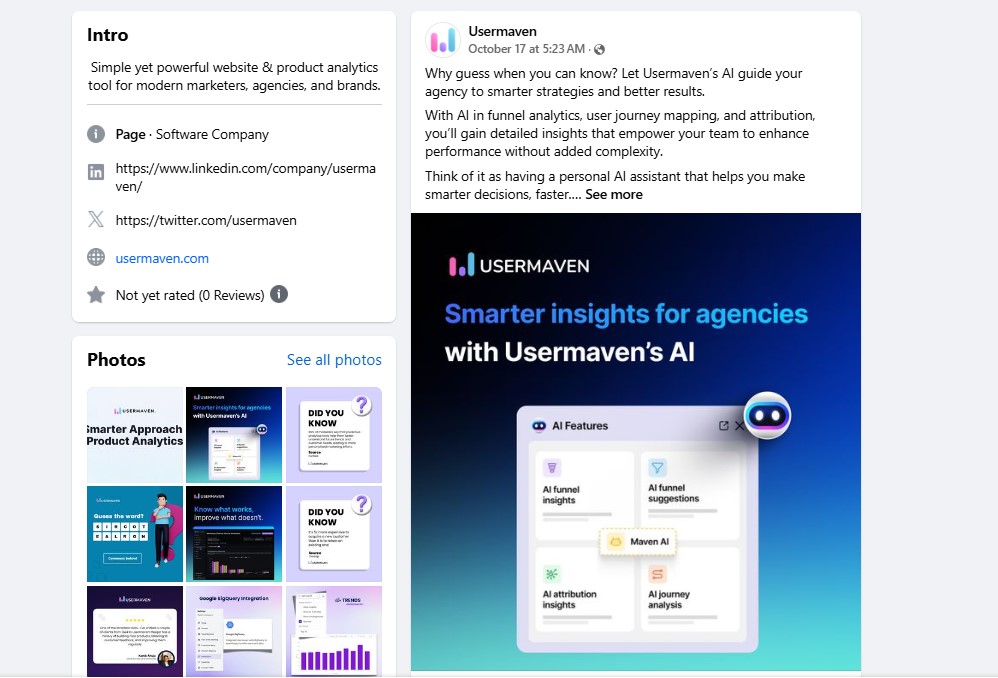
Even if you’re already using a product, using it in a different way seems challenging. We use this strategy to empathize with the customer, showing them that the solution to their problem is already within reach and that they don’t need to go elsewhere.
Customer Success Strategy #6: Upsell or Cross-Sell Current Customers
The more obvious goal of many customer success strategies is upselling or cross-selling.
And it is especially common for businesses in software to leverage additional features. A lot of tools exist within their own ‘ecosystem.’ Outlook is a great example, as it works best when combined with Microsoft 365 business integration.
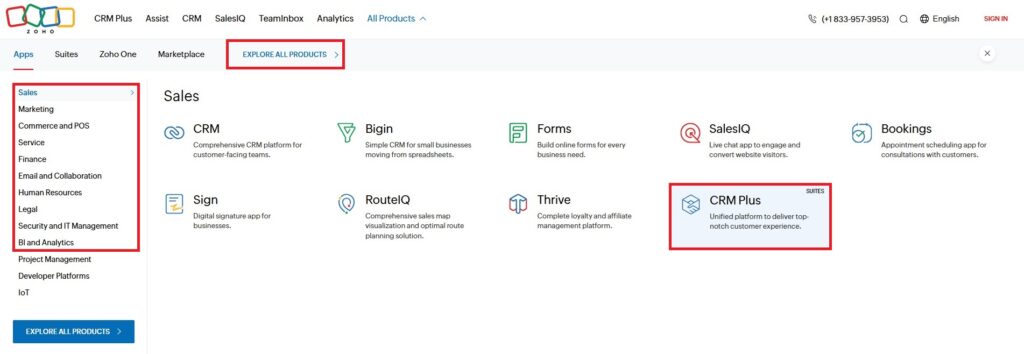
More often than not, these practices should be incorporated into one of the above tactics too.
For example, when checking in with a growing account, we might suggest they upgrade to a different plan that better fits their needs. Perhaps they need more seats within their organization, or they’re looking for more complicated customization features.
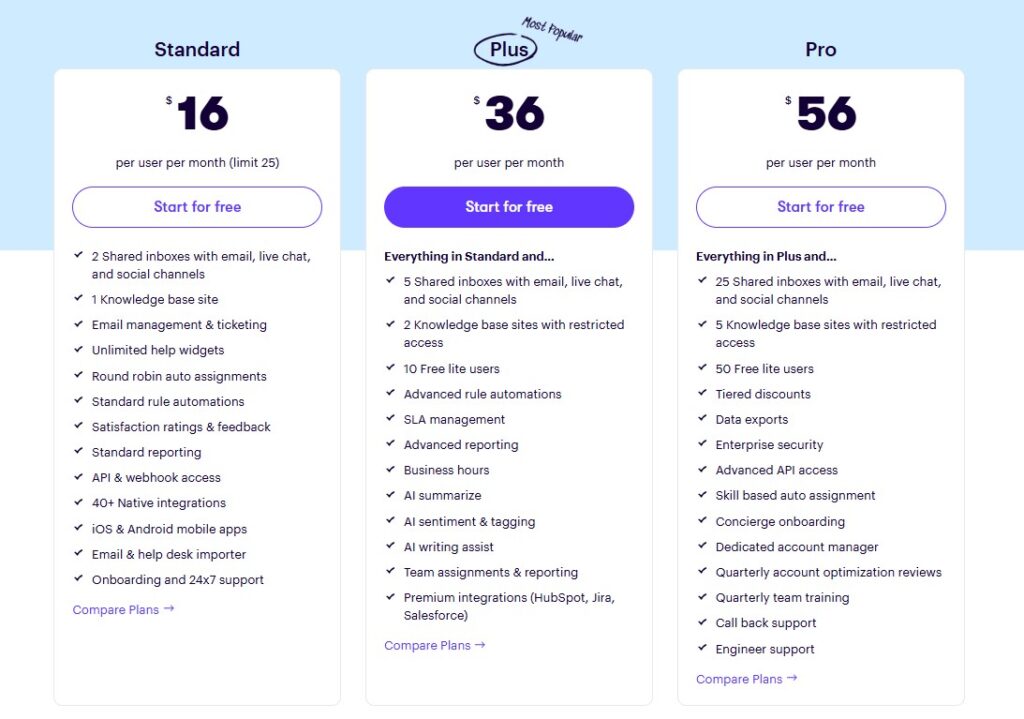
As a stand-alone strategy though, our best example is encouraging happy customers to move from a monthly to annual plan.

These customers have been with us for some time and are using the product effectively. It’s a cut-and-dry case of customer success benefiting both the customer and the business.
The customer will actually pay less to use our product over time. And we’ll have guaranteed income for a longer period. Win-win.
Customer Success Strategy #7: Offer New Perks or Beta Features to Current Customers
As a customer success strategy, we want to let customers know we’re constantly innovating for them. To better their business.
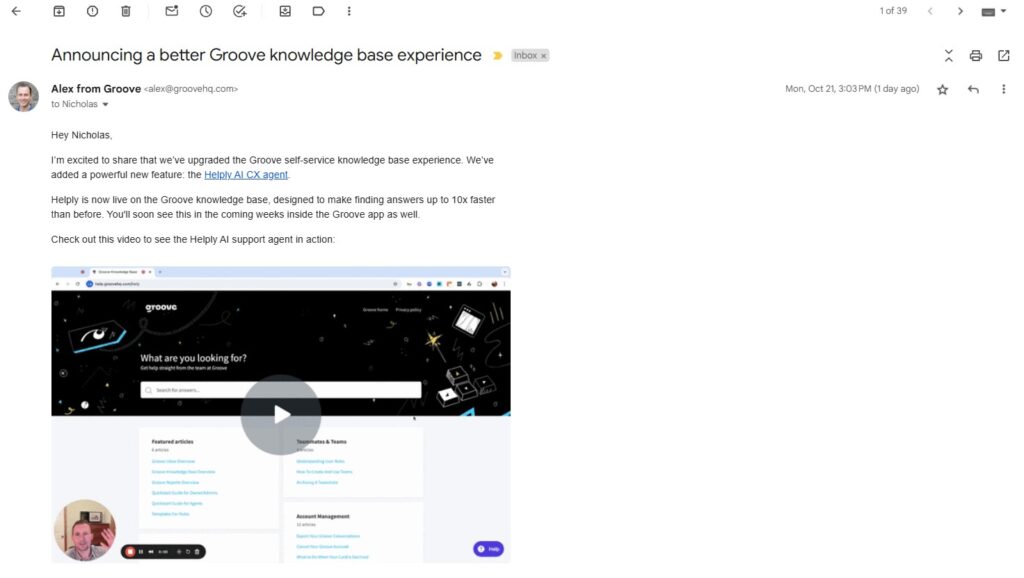
Whether we’ve created new software that operates independently of Groove, or added an integration based solely on customer demand — we want our current customers to have first access. This incentivizes current customers to stick around, as we demonstrate the product isn’t stagnant — it keeps evolving.
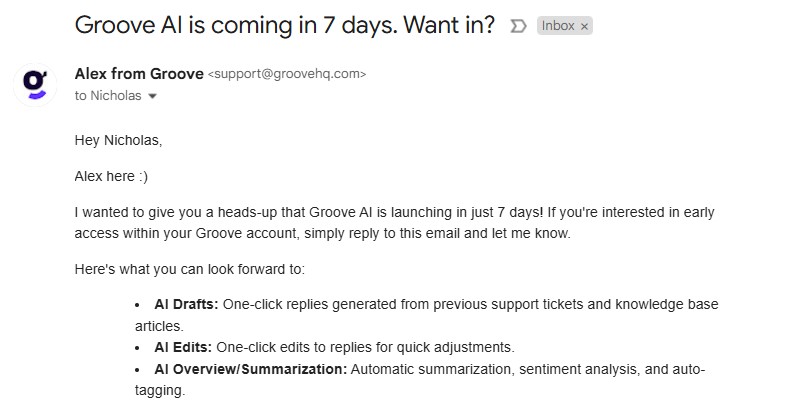
For example, we recently launched Helply as a standalone AI Agent for businesses looking to leverage more advanced automation and cut down on service tickets. We initially invited our customers to trial a demo before wider release to the public.
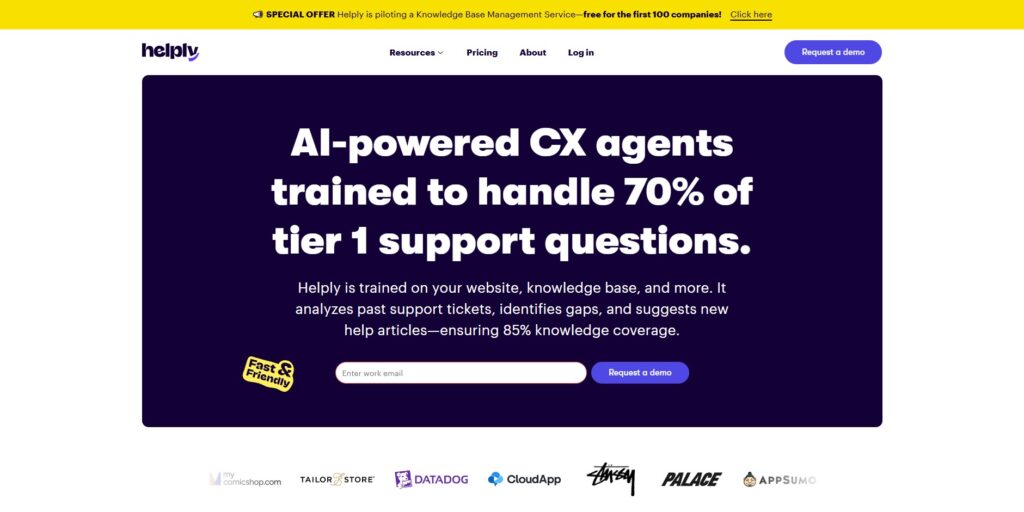
If you work in SaaS, this strategy is easy to implement.
But it isn’t impossible to translate these same ideas to retail, either. You could include new product samples for long-term customers, send promo codes to a specific customer segment, or invite them to exclusive webinars if they’re on your mailing list.
Customer Success Strategy #8: Look Out for Warning Signs
There are some subtle (and plenty not-so-subtle) moves customers can make to tip to you off to their potential departure from your business.
After spending years talking to customers directly, most of our team (especially Alex) can sense an unhappy customer from miles away. We’ve scaled this strategy that was once handled on a time-consuming case-by-case basis by setting up alerts for certain high-risk events.
One such instance occurs when a customer’s account is inactive for more than fourteen days. This triggers an automated email from our success team. This email points to our own knowledge base resource to educate customers on features. It also prompts customers to reach out if they have concerns.

Customer Success Strategy #9: Provide Extra Assistance for High-Risk Customers
You can do the exact same thing if a customer doesn’t use a certain popular feature, or hasn’t set up their account after initial sign-up. You can prompt in-app, or through email.
A survey is another great tool for collecting information relating to customer experience when customers head to unsubscribe.
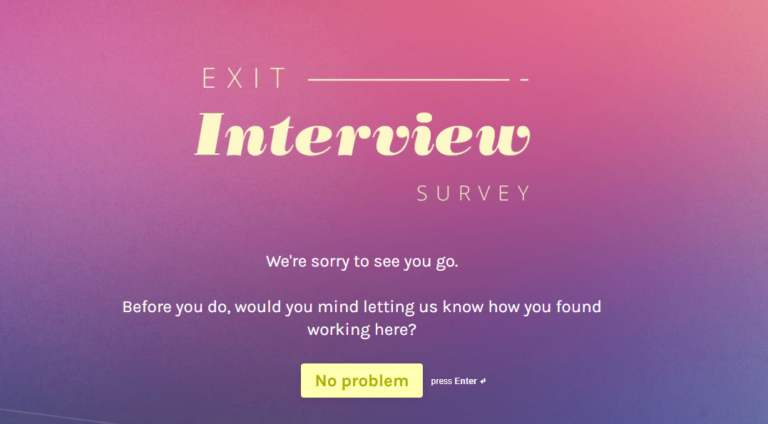
From conversations with our audience, we know that fourteen days is too long to go without using your support software.
Either their business is struggling to adapt, or they’re using a different platform.
These are immediate warning signs that our customer service team must act on if they want to rescue the account. We can work to help recover those high-risk customers by offering tailored on-boarding, pointing them to self-service resources, or personalized care. Your mileage may vary depending how large or hands-on your organization is.
4 Metrics To Track Your Customer Success Strategies
The metrics we use to track customer success are the same metrics we use to track overall business health.
The correlation between customer success and business growth is clear. But the individual customer success strategies from above are not singularly responsible for any of the metrics below.
When everything comes together — customer success strategies, high-quality customer support, effective product, marketing — they’ll all tip the scales to improve the metrics below (and plenty of others).
Customer Success Metric #1: Churn
Customer churn rate reflects the complete drop off in engagement with a customer, whether they no longer actively use your product, or formally end a service agreement (subscription). Plainly, it measures the number of customers that stop using your product/service.

High churn rates signify low levels of customer satisfaction and decreased business growth. It’s bad news, and you want to nip it in the butt before it gets worse. Customer success ensures that you prevent churn and improve retention.

Groove’s reporting dashboard can help show you what impact post-purchase customer support is having on both your churn rate and retention.

Customer Success Metric #2: Retention
Customer retention rate calculates the ability of a company to maintain its current customer base after their initial acquisition. It’s an especially important metric to track as a SaaS start-up. Acquisition is costly, and a high retention rate dramatically increases overall profitability.
To calculate, define a time period you want to measure (i.e. week, month, quarter, year) and gather your data:
- Customers at the end of the time period
- Customers added during the time period
- Customers at the start of the time period
Then, subtract the number of customers added from the number at the end of the period, divide by the number you had at the start, and multiply by 100 for a percentage.
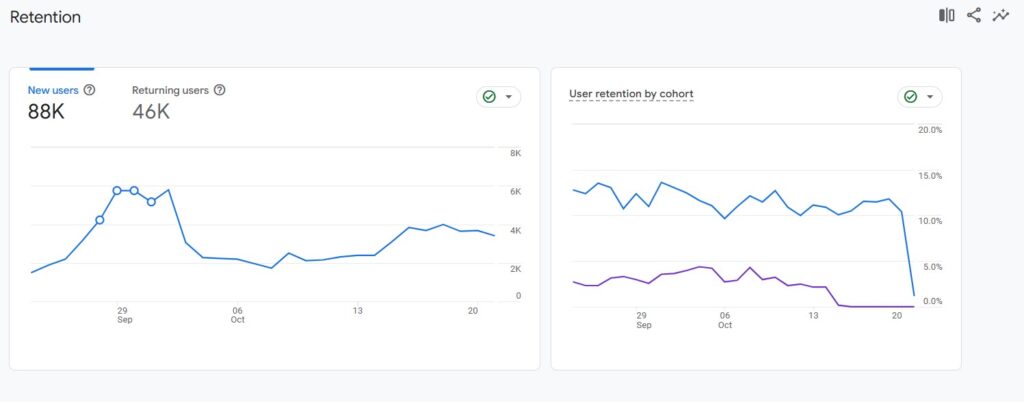
You can access a “Retention overview report” from within Google Analytics 4 that lays out these numbers.
High retention rate indicates customer desire to continue using a product/service, which leads to repeat purchases, increased revenue, and steady business growth. It is easily the metric most closely tied to customer success, because it demonstrates plainly whether customers derive enough value from your product/service to continue using it.

Customer Success Metric #3: NPS (Net Promoter Score)
NPS (Net Promoter Score) measures a customer’s desire to recommend a product or service.
An NPS Survey generates the numerical value associated with this score by subtracting the percent of detractors (negative feedback) from the percent of promoters (positive feedback) for a given time period.
- Promoters: Customers who selected 9 or 10 on their NPS survey.
- Passives: Customers who selected 7 or 8 on their NPS survey.
- Detractors: Customers who selected 0-6 on their NPS survey.
You can use a number of tools (that integrate with Groove!) to send out an NPS survey to your customers (or a specific customer segment).

One great example is Delighted, which allows you to create a survey from a pre-defined template, and track the results in real-time through a comprehensive reporting dashboard.
NPS is measured on a -100 to +100 scale:
- -100-0 = Bad NPS
- 0-50 = Good NPS
- 50-70 = Excellent NPS
- 70-100 = World-class NPS

Customer Success Metric #4: Average Resolution Time
Average Resolution Time measures the amount of time lapsed from when a customer support agent first opens a customer ticket to when they send out that final reply signifying resolution (close the ticket).
Most help desk platforms track the exact time spent on each ticket and aggregate the data to provide an “average” resolution time based on a pre-defined time period.

The more effort put into implementing proactive customer success strategies, the easier it will be for your customer support team to resolve tickets faster. It’s also less likely your team will be overburdened with tickets, because there are more resources in place for customer to self-solve on their own.
Implementing Customer Success Strategies Is Easier with Groove
A customer success strategy isn’t one singular concept or idea. It’s all part of a larger plan to grow your business and your customer base. It weaves through every internal department and provides value for any type of business — it doesn’t matter if your niche is technology, e-commerce, or SaaS.
Our customer success strategies don’t involve a lot of external, expensive software. As a startup with humble origins, we’ve made sure they provide results without breaking the bank.
We set up automations with our own help desk — Groove, rely on a lot of trial and error, and move quickly when something works (or doesn’t).
When setting up your own customer success strategy, the first hurdle to jump is the mental barrier that you need a dedicated customer success team or expensive CRM. All you need is an inclusive help desk tool, that seamlessly integrates with your pre-existing workflow. Sign up for a 7-day free trial of Groove today to start building your own repertoire of customer success strategies.


